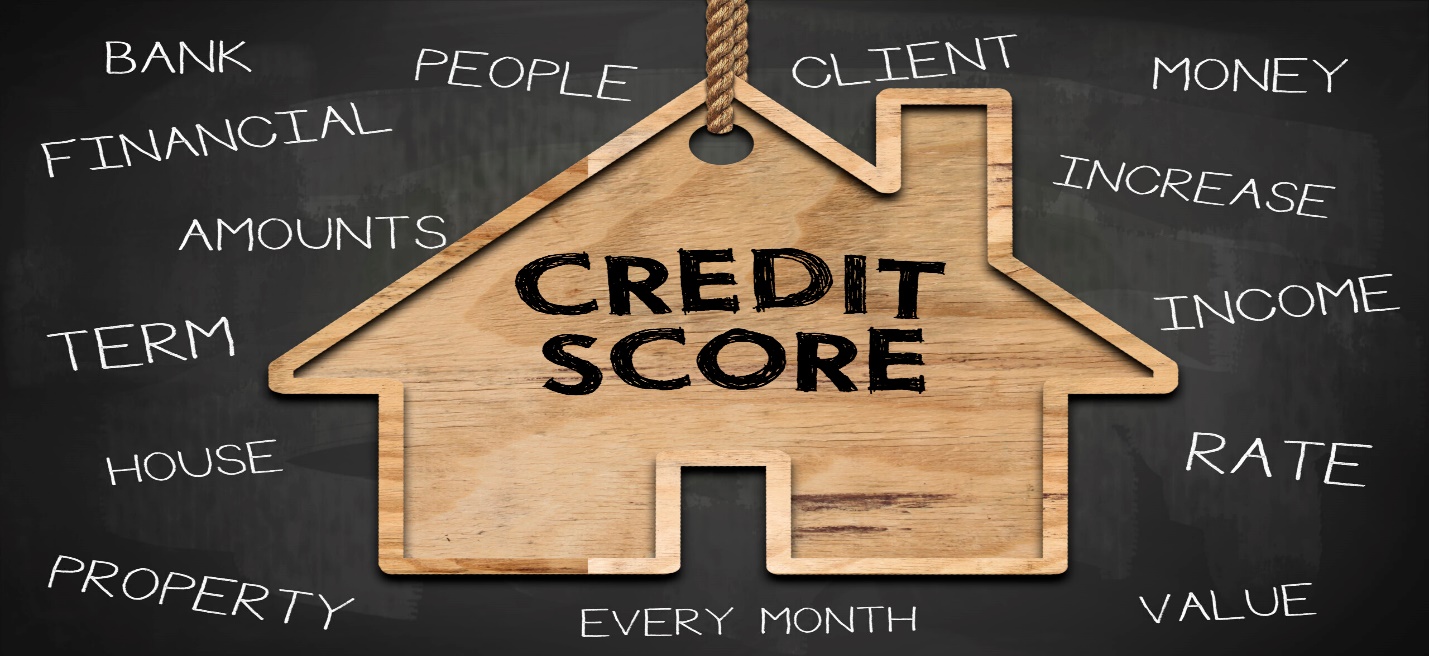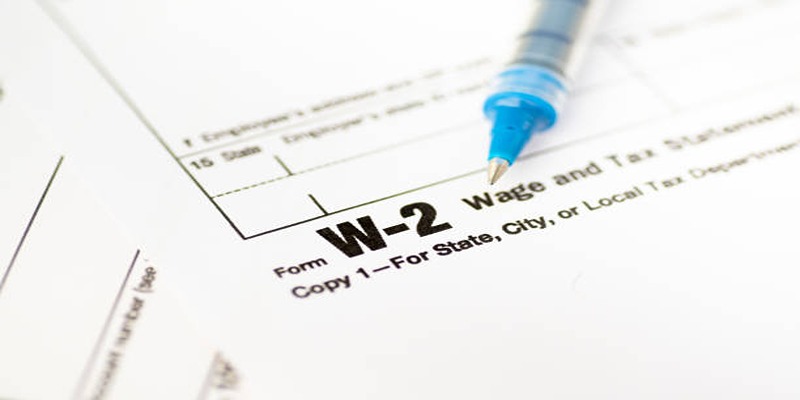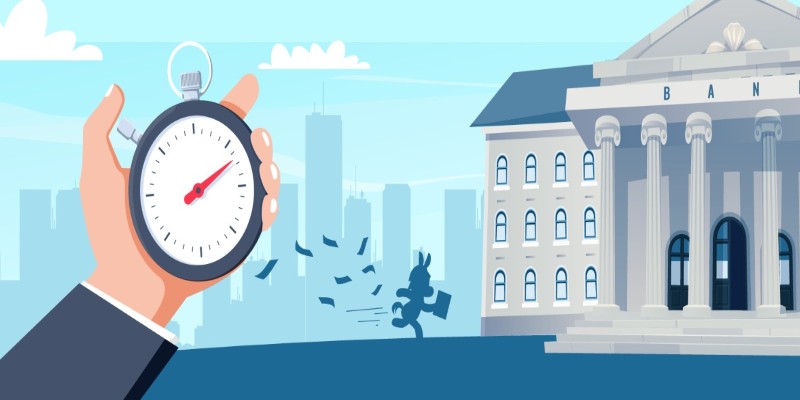If you've gone through bankruptcy, the idea of buying a house might feel like reaching for something that's just out of arm’s length. The good news is—it’s not. Yes, bankruptcy leaves a mark, but it doesn’t define the rest of your financial life. Getting back on your feet is possible, and buying a home is very much within reach once you understand the steps involved.
Rather than focusing on what's lost, this guide leans into what you can do—right now and in the coming months—to give yourself a real shot at homeownership post-bankruptcy.
Understand the Waiting Period
First things first, let's talk about the time gap. You won't be approved for a mortgage the week after a bankruptcy discharge, and lenders won't shy away from telling you that. There is a waiting period, which depends on the type of loan and the type of bankruptcy you filed.
Chapter 7 Bankruptcy
This wipes out most of your debt but also requires the longest pause. For conventional loans, it's usually a four-year wait from the discharge date. For FHA or VA loans, you might qualify after two years, provided your credit has improved.
Chapter 13 Bankruptcy
This is a bit more forgiving because you're repaying some or all of your debt. You could be looking at a two-year waiting period for conventional loans or just one year for FHA and VA if you've been making consistent payments under a court-approved plan.
The key here? Know your timeline. Mark it on your calendar. It’s not about waiting blindly—it’s about using that time wisely, which brings us to the next part.
Start Rebuilding Credit with Intent
Getting your credit back on track after bankruptcy isn’t just about boosting a number. It’s about showing lenders that you’ve learned how to manage money and that you're less of a risk now than you were before. This is where your actions begin to carry more weight than your past.

1. Get a Secured Credit Card
This might seem small, but it's a solid starting point. With a secured card, you put down a deposit—usually a few hundred dollars—and that becomes your credit limit. Use it sparingly and pay it off every month. Over time, this shows lenders you're capable of managing debt responsibly.
2. Stay Well Below Your Limits
Don't max out your cards. Ideally, keep your credit usage under 30%. If your limit is $500, try to use no more than $150 before paying it off.
3. Never Miss a Payment
This one's non-negotiable. Every bill counts, whether it's a credit card, a utility bill, or a personal loan. On-time payments are one of the strongest signals of creditworthiness.
4. Monitor Your Credit Reports
You're entitled to a free report from each major bureau every year. Go through them. Look for errors or old debts that should have been discharged. Fixing mistakes can give your score a noticeable bump.
Save Like You Mean It
Lenders want to see more than just a credit rebound—they want proof that you can handle a mortgage. That means having savings. Not just a down payment but enough to cover property taxes, maintenance, and whatever life throws your way.
Build an Emergency Fund
You don't need to have tens of thousands sitting in a savings account, but you should have enough to handle a sudden car repair or medical bill without falling behind on housing costs.

Set Up Automatic Transfers
A simple trick that works: automate your savings. Have a fixed amount move into a separate account every time you get paid. It removes the guesswork and makes saving a habit rather than a task.
Cut Out Unnecessary Subscriptions
It sounds basic, but take five minutes and review what you’re subscribed to. Streaming services, monthly apps, gym memberships you haven’t used in six months—cancel the ones you don’t need. That money can go straight to your future home.
Avoid New Debt
As tempting as it might be to finance a new car or open a store credit card, hold off. Every new line of credit affects your score and adds another obligation. Lenders want to see stability, not juggling.
Take the Right Steps Toward a Mortgage
Now that you’ve waited, rebuilt credit, and started saving, it’s time to look at the mortgage process. You don’t need to rush into it, but you should move with purpose. Each step builds on the last.
Step 1: Get Prequalified
This is a casual, early-stage check to see where you stand. It provides an estimate of how much you may be able to borrow, taking into account your income and credit. Think of it as dipping your toes in the water.
Step 2: Talk to a Loan Officer Who Understands Bankruptcy
Not all lenders are the same. Look for one who's worked with buyers post-bankruptcy. They’ll understand what documents you need and what red flags underwriters watch for. And they’ll be upfront with you.
Step 3: Gather Your Financial Records
Be ready with two years of tax returns, recent pay stubs, bank statements, and any documents related to your bankruptcy. Having everything organized can speed up the process and show the lender you're serious.
Step 4: Choose the Right Loan
For many people post-bankruptcy, FHA loans make the most sense. They come with lower credit score requirements and smaller down payments. But if your score has improved significantly, conventional loans might offer better long-term value.
Step 5: Budget Before You Buy
Just because you're approved for a certain amount doesn't mean you should spend it all. Be honest about what you can comfortably afford each month. Include insurance, taxes, and maintenance in your calculations.
Wrapping It Up
Buying a house after bankruptcy doesn’t happen overnight—but it does happen. It’s less about overcoming a financial scar and more about showing that you’ve changed how you handle money. Lenders are willing to give second chances to those who’ve put in the effort.
Start with understanding your wait time. Then, build your credit one month at a time, save steadily, and approach the mortgage process with clarity. Every step forward counts—even the small ones. Homeownership after bankruptcy isn’t just a possibility. It’s a plan—and now, you’ve got one.












